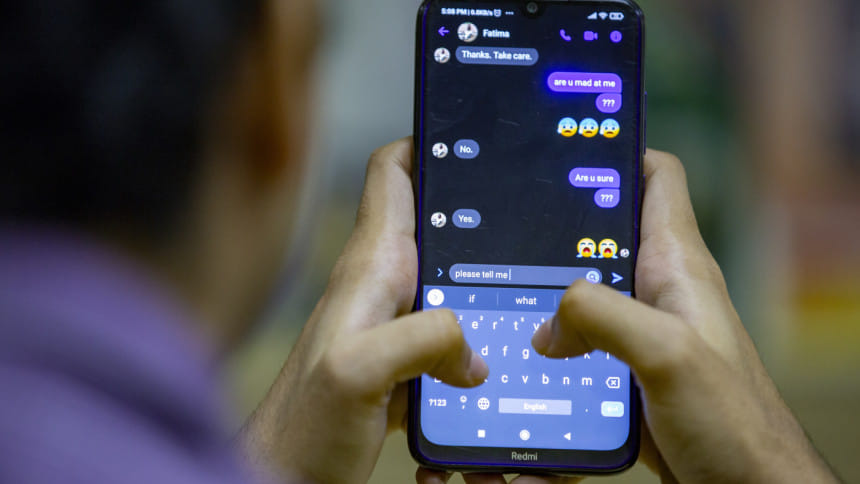How texting reinvented the way language works

Texting has become the most established method of communication for our generation. As casual communication shifted from being mostly oral and written to digital, the need for punctuation also declined.
Texting is a quick, sharp and easy way to relay messages, so it became the norm to abandon grammar rules when constructing messages. People expect responses anytime, anywhere, from any part of the world, and since a lot of the vital elements of in-person or spoken communication – tone, facial expressions, cadence – have no mediums of being channelled, it can lead to misunderstandings between two correspondents.
Nuances of communication vanished into the ether, but that did not stop us from trying to create virtual versions of them. People came up with multiple different ways to integrate tone and meaning into text messages, but most of these changes remain implicit. Nobody bothered to make a rulebook on textual changes, so let's explore the different ways our generation uses punctuation to their advantage to elicit meaning.
The full stop took on a more ominous role in casual conversations. This is one of the more popular changes to language style, and I'm positive a lot of people will agree with me when I say that a text saying "Have fun." is miles scarier than "have funn"

Exclamation marks were once used to indicate excitement and enthusiasm. Now, however, if you try to send a text ending with only one exclamation mark, it will come off as mockery or irony. No sane person would ever use an exclamation mark ironically, it comes off as unsettling! Instead, we now use multiple letters ending a word or caps lock to indicate eagerness.
Another way to express excitement is referred to as "raindrop texting." It's when a person sends multiple text messages containing half sentences or a handful of words one after another. Use this with caution. A lot of people find it extremely annoying when people text like this. Its contender is "waterfall" texting, where people construct careful paragraphs and send huge volumes of text in one single message, although this is used in more serious situations.
Question marks now serve a larger purpose than just indicating inquiry. Ending your sentences with a question mark is the textual equivalent of a rising tone. Like you're not sure of something?
We didn't forgive emojis either. Crying and skull emojis, the rather grim of the bunch, are now the primary signifier of something incredibly funny. Whilst smileys are used to show passive-aggressiveness or even repressed rage. And as for the laughing-with-tears emoji, I'm sorry to announce that they will probably never be used unironically by the youth ever again.
Although these new and improved uses of punctuation help to ease the utter aloofness that comes with texting, it is still no alternative to face-to-face conversations. We're so dependent on texting nowadays that we forget the opportunity cost that comes with solely text-based relationships: genuine connection.
Texting is convenient, fun, and easy. But no matter how many clever ways we come up with to make it less drab and impersonal, it's best not to let it replace face-to-face interactions.
Koushin was born and raised by the internet. Tell her to go touch grass at [email protected]

 For all latest news, follow The Daily Star's Google News channel.
For all latest news, follow The Daily Star's Google News channel. 








Comments